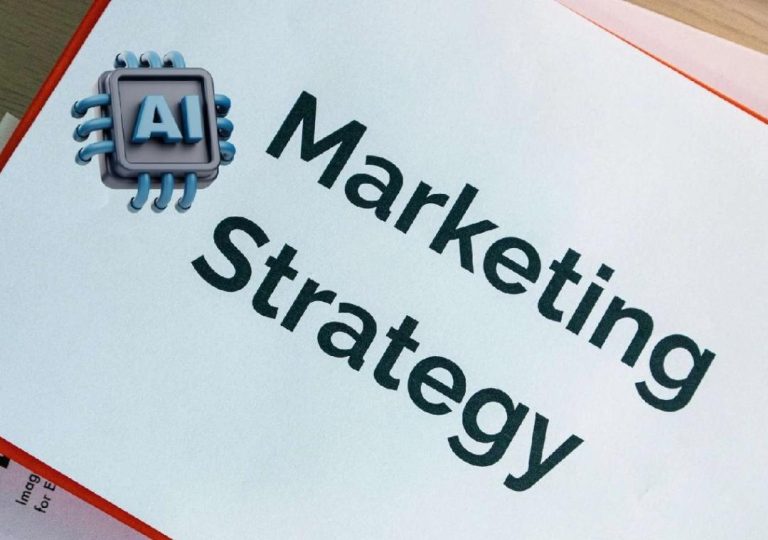
What is the science behind keyword strategy in Google Ads?
In the world of digital marketing, keyword strategy is a crucial component of Google Ads, a platform that allows businesses to reach their target audience through targeted advertisements. However, keyword strategy is more than just selecting a few relevant words and phrases; it’s a complex blend of psychology, data, and algorithms that can make or break the success of a campaign. In this article, we’ll delve into the science behind keyword strategy in Google Ads and explore how effective campaigns use a mix of match types, intent-based segmentation, and continuous testing to capture conversions efficiently.
Understanding Keyword Match Types
In Google Ads, keyword match types determine how closely a search query must match a keyword to trigger an ad. There are four main match types: exact, phrase, broad, and negative. Each match type has its own strengths and weaknesses, and understanding how to use them effectively is essential for a successful keyword strategy.
- Exact Match: Exact match keywords trigger ads only when the search query matches the keyword exactly, without any additional words. This match type is ideal for targeting specific, high-converting keywords.
- Phrase Match: Phrase match keywords trigger ads when the search query contains the keyword phrase, in the exact order, but may include additional words. This match type is useful for targeting longer-tail keywords and phrases.
- Broad Match: Broad match keywords trigger ads when the search query contains any of the keyword’s synonyms, related searches, or other variations. This match type is ideal for casting a wide net and capturing more searches, but may also increase the risk of irrelevant traffic.
- Negative Match: Negative match keywords prevent ads from being triggered by specific words or phrases. This match type is useful for excluding irrelevant searches and improving ad relevance.
Intent-Based Segmentation
Intent-based segmentation is a critical component of keyword strategy, as it allows advertisers to target users based on their search intent. There are three main types of search intent: informational, navigational, and transactional.
- Informational Intent: Users with informational intent are seeking information or answers to a question. They may not be ready to convert, but are still valuable targets for awareness and education.
- Navigational Intent: Users with navigational intent are seeking a specific website or webpage. They may be looking for a particular brand or product, and are more likely to convert.
- Transactional Intent: Users with transactional intent are ready to make a purchase or take a specific action. They are the most valuable targets for advertisers, as they are most likely to convert.
By segmenting keywords based on intent, advertisers can create targeted ad groups and campaigns that speak directly to the user’s needs and goals.
Continuous Testing and Optimization
Continuous testing and optimization are essential for refining a keyword strategy and improving campaign performance. Advertisers should regularly test and refine their keyword lists, ad copy, and landing pages to ensure they are aligning with user search behavior and intent.
- A/B Testing: A/B testing involves creating multiple versions of an ad or landing page and testing them against each other to determine which performs better.
- Multivariate Testing: Multivariate testing involves testing multiple variables, such as keyword match types, ad copy, and landing pages, to determine which combination performs best.
By continuously testing and optimizing their keyword strategy, advertisers can improve their Quality Scores, increase conversions, and reduce costs.
Analyzing Search Behavior and Competitor Overlap
Analyzing search behavior and competitor overlap is crucial for understanding the competitive landscape and identifying opportunities for growth. Advertisers can use tools like Google Keyword Planner and Ahrefs to analyze search volume, competition, and cost-per-click (CPC) for specific keywords.
- Search Volume: Search volume refers to the number of searches for a particular keyword or phrase. High search volume keywords are often more competitive and expensive, but may also drive more conversions.
- Competition: Competition refers to the number of advertisers bidding on a particular keyword or phrase. High competition keywords may require higher bids and more targeted ad copy to stand out.
- CPC: CPC refers to the cost-per-click of a particular keyword or phrase. High CPC keywords may be more expensive, but may also drive more conversions and revenue.
By analyzing search behavior and competitor overlap, advertisers can identify opportunities to target less competitive keywords, improve their ad relevance, and increase their return on ad spend (ROAS).
Quality Scores and Bid Refinement
Quality Scores are a critical component of Google Ads, as they determine the relevance and effectiveness of an ad. Advertisers with high Quality Scores can improve their ad position, increase their click-through rates (CTR), and reduce their CPC.
- Ad Relevance: Ad relevance refers to how well an ad matches the user’s search query and intent. High ad relevance improves Quality Scores and increases CTR.
- Landing Page Quality: Landing page quality refers to the user experience and relevance of a landing page. High-quality landing pages improve Quality Scores and increase conversions.
- Bid Refinement: Bid refinement involves adjusting bids based on keyword performance, ad position, and user behavior. Advertisers can use bid refinement to optimize their bids and improve their ROAS.
By refining their bids and improving their Quality Scores, advertisers can increase their conversions, reduce their costs, and improve their overall campaign performance.
Conclusion
Keyword strategy in Google Ads is a complex blend of psychology, data, and algorithms that requires continuous testing, optimization, and refinement. By understanding keyword match types, intent-based segmentation, and competitor overlap, advertisers can create targeted ad groups and campaigns that speak directly to the user’s needs and goals. By analyzing search behavior, refining bids, and improving Quality Scores, advertisers can increase their conversions, reduce their costs, and improve their overall campaign performance. Whether you’re a seasoned advertiser or just starting out, the science behind keyword strategy in Google Ads is essential for driving success and growth in the digital marketplace.
Source: https://www.growthjockey.com/blogs/science-of-keywords-in-google-ads






